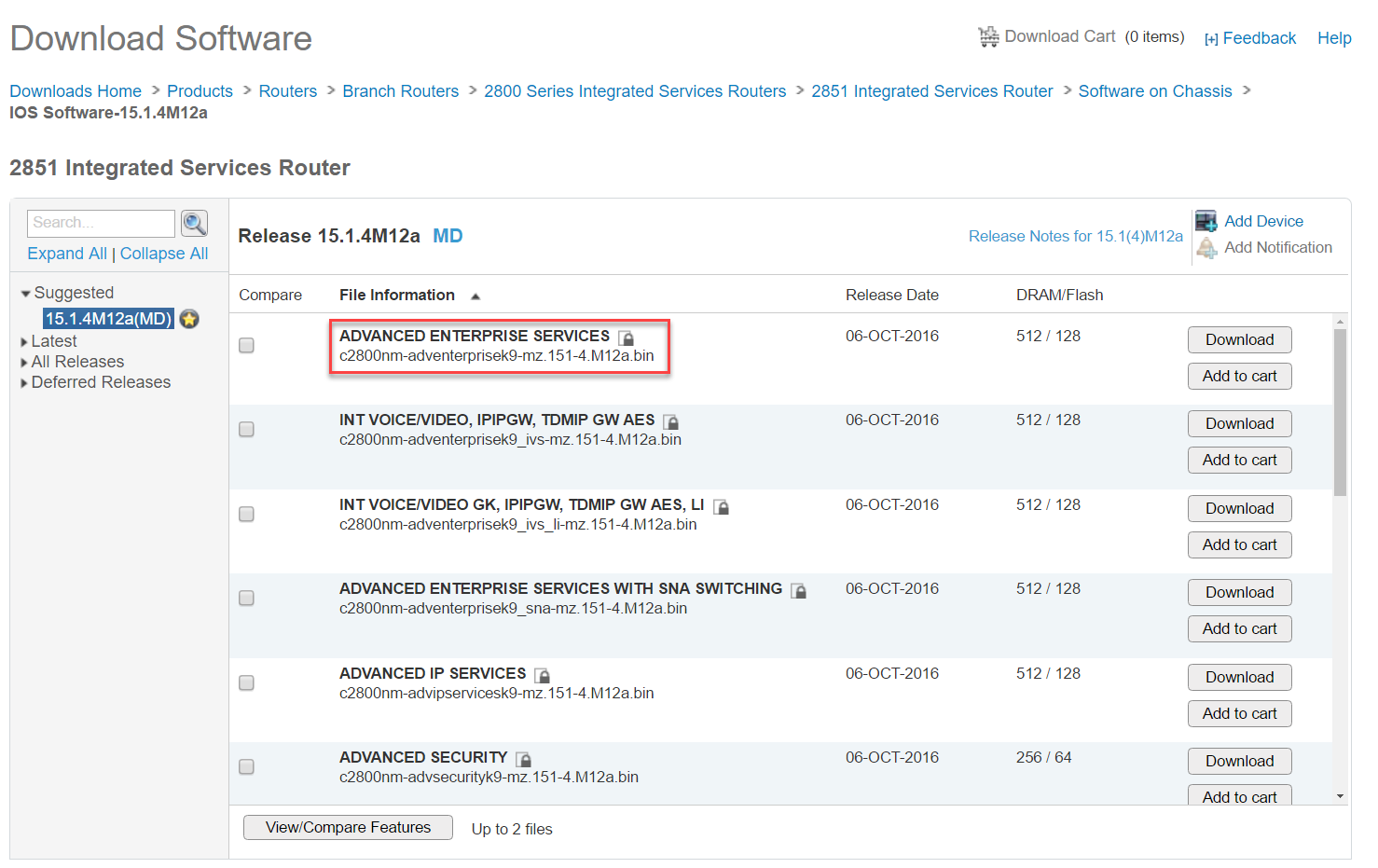
- #Cisco ios version ipv6 support full#
- #Cisco ios version ipv6 support code#
- #Cisco ios version ipv6 support windows 8#
It filled up an entire shelf of my bookcase. I had a complete set of IOS 11.2 documentation back when I was studying for my CCIE lab. The size of the documentation grew quickly with the size of the IOS firmware image. Back then the entire documentation for IOS was only a few small books. In 1995 I took my first Cisco class called Introduction to Cisco Router Configuration (ICRC) on IOS 10.3. I started my career learning about Cisco IOS version 9.11 back in 1994. While these features won't likely be implemented in production networks right away, seeing these new IOS features helps us plan for our future networks. When it comes to software, I always want to learn about the latest Cisco IOS features.

The advancements in the industry come in the form of both hardware and software. One of the things that I enjoy about the computer networking industry is that there are always new things to learn and share. Like you, I always like keeping up on the latest technology. Based on the IPv6 features that have come out in IOS 12.4T we should expect many new IPv6 features in IOS 15.0M and IOS 15.0T in the coming years. However, it only has a few new IPv6 features for multicast and OSPFv3.

This new IOS version has many new advancements. If you have or have had real projects that would be critically dependent on RDNSS, I'd be very interested - ping me via email with that.You may have heard that Cisco has released IOS version 15.0.
#Cisco ios version ipv6 support code#
Which may play a role if any tweaks/changes are needed to implementation.įWIW, I realise the above looks a like a giant excuse "why we don't do it", I ought to mention that last year I did make an experimental image that had a proof-of-concept code for RFC6106, but had a bit of a hard time gathering the business case that would allow me to solicit for any "official" efforts in this area. And, unlike the RDNSS, it's fully in userspace on the clients. Rep = Ether(src=get_ether_src(),dst=pkt.src)/\ĭHCP6_Reply(trid = pkt.trid)/\ĭHCP6OptServerId(duid=DUID_LLT(lladdr=get_if_hwaddr(6)))/\ĭHCP6OptDNSDomains(dnsdomains=)/\ĭHCP6OptDNSServers(dnsservers=)/\īut, just using this to illustrate that for the stateless DHCPv6 the coding is not too hard. Granted, it's a quick and ugly hack script that used scapy libs (and it is only the server side, I did not write the client side code, and in C it would be a bit more verbose of course): What do you think ?Ī couple of comments/questions about the implementation:ĭo you have any practical experience with the issues mentioned in ? To me seems like the corner cases still need to be a bit hashed out.Īs for the difficulty of the DHCPv6 implementation: here's a relevant "server" part that I used in my CL12 San Diego "network hijack" demo. And I'd be willing to bet that the coffee machine producers will use linux-based hardware to lower the development costs and TTM. With the advent of the SoCs like RaspberryPi, the concern about the a few bytes of code space required to run DHCPv6, would no longer hold imho. Assuming the discussion is about the coffee machines (the consumer general purpose OSes would be covered in (2) above) - would depend which kind of code they will run. (NB: Android, sadly, is not yet in this happy group. Note, that I still use SLAAC for the IPv6 address assignment, so the addresses are stable EUI-64, thus no state on the IOS DHCPv6 server.

In my lab for IPv6-only client test setup I use Stateless DHCPv6, works fine for all major modern OSes.

I'll ask the folks involved in those WGs what they think.)Ģ) LAB/test machines: Let me challenge this :-). But if we talk sensors and other constrained devices, would rfc6106 still apply, given that these networks will probably be special case governed by ROLL/6LoWPAN IETF WG work ? (, - especially RFC4919. Hi Jim, thanks for the kudos and the use cases!ĭefinitely want to discuss this a bit more!ġ) internet of things: yes, quite probably.
#Cisco ios version ipv6 support windows 8#
I was very pleased to find out this is implemented in Windows 8 and Server 2012. Please let me know what you think and if I may say, great job with Happy Eyeballs. Did you have a chance to see how the Internet of Things will hook us up: Also, when our Refridgerators and Coffee Makers join the network I would think RDNSS would be easier than stateless DHCPv6. While DHCP/DHCPv6 isn't hard to setup, using RAs is brain dead and the ability to add a simple option to include DNS would be fantastic.ģ) SOHO - Again, for simple environments this would be a plus.
#Cisco ios version ipv6 support full#
Some good use cases:ġ) The Internet Of Things - In the embedded market, full DHCPv6 support would be harder - RDNSS would be much more appealingĢ) Labs/Test environments - Anything to facilitate the rapid deployment of test/lab networks would be a boon. Hi Andrew - are you telling me Wikipedia is not infallible? :-) So I agree that stateless DHCPv6 should generally suffice.


 0 kommentar(er)
0 kommentar(er)
